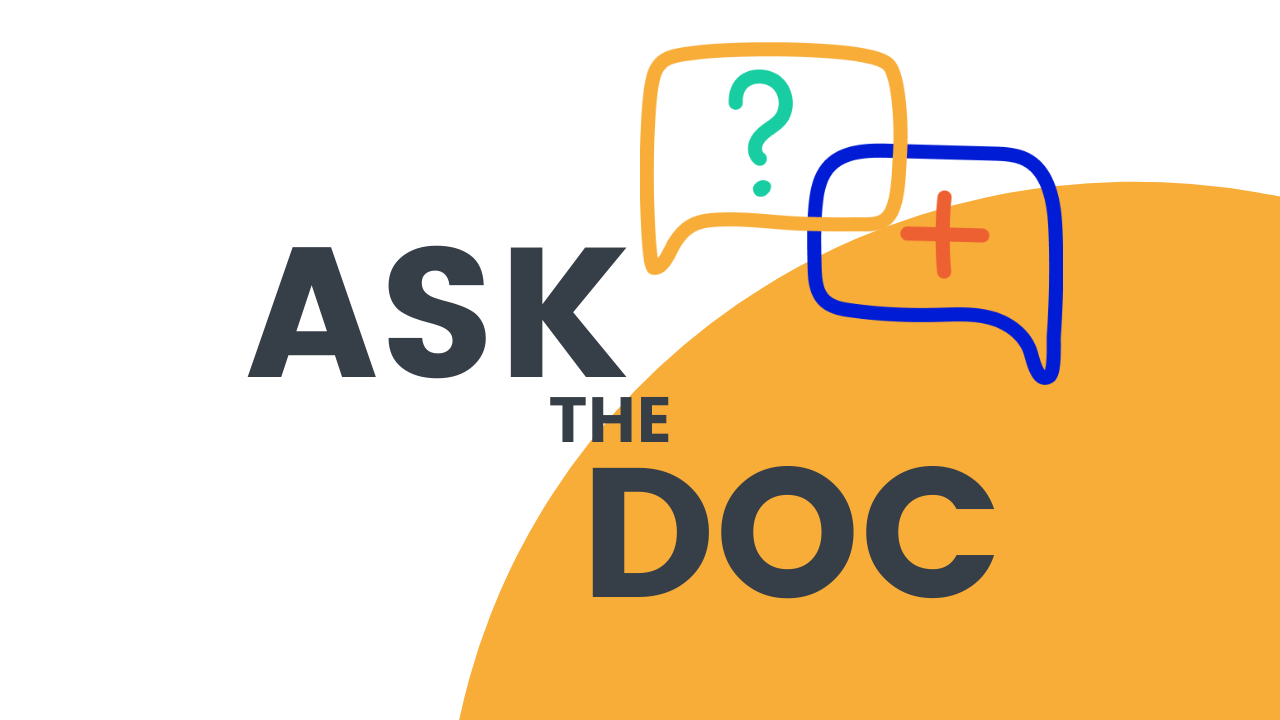Information correct as of 03.04.20
Confirmed worldwide cases – 1,056,163
Confirmed worldwide deaths – 55,766
Countries, areas or territories with cases – 204
On the 31 December 2019, the Chinese public health authorises reported several cases of acute respiratory syndrome in Wuhan City, Hubei province, China to the World Health Organisation (WHO).
The Chinese Centre of Disease Control and Prevention (CDC) organised an investigation to find the causative agent that was causing the increasing number of cases of acute respiratory syndrome. They discovered the aetiology/causative agent of the illness was due to coronavirus (CoV) and found it to be a new strain which had not been identified in humans before. Therefore, it was named COVID-19, which is an acronym of 'coronavirus disease 2019'. There has been some confusion in relation the name of the disease and the name of the virus, WHO explained that the coronavirus disease (COVID-19) is caused by the virus severe acute respiratory syndrome coronavirus 2 (SARS-CoV-2).
Coronavirus (CoV)
Over the past twenty years, two other coronaviruses' have been discovered and have caused epidemics; SARS-CoV and MERS-CoV. SARS-CoV originated in Southern China in November 2002 and was recognised as a global threat in March 2003, as it created a large-scale epidemic, which spread to 24 countries, causing 8,098 cases and 774 deaths worldwide. By the end of July 2003, WHO declared the global outbreak to be over as no new cases had been reported. MERS-CoV was identified in Saudi Arabia in April 2012 and has now been detected in 26 other countries. Between April 2012 and 30 September 2019, 2494 cases were reported including 912 deaths. CoV's can spread extremely fast, with the number of cases of COVID-19 rising dramatically both in China and throughout the world between December and March. This led to WHO declaring a COVID-19 pandemic on the 11 March 2020.
Coronaviruses are a large family of single-stranded RNA viruses (+ssRNA). Scientist's have concluded that the CoV originated in animals and were transmitted to humans, the exact method of how this occurs is still unknown. Scientist's have been able to pinpoint which animals SARS-CoV and MERS-CoV originated; SARS-CoV originated in the Himalayan palm civet whereas MERS-CoV originated in dromedary camels. There is speculation as to where SARS-CoV-2 originated, but the first cases have been directly linked to animals within Huanan Seafood Wholesale Market of Wuhan, China.
Aetiology
CoV's are positive-stranded RNA virus, which has a crown-like appearance under an electron microscope as they have glycoproteins on their surface. Glycoproteins can be described as sticks of protein which stick out of the circular virus. These viruses cause respiratory problems. It's estimated that 12% of the population are healthy carrier of a CoV and this family of viruses are responsible for 5-10% of acute respiratory infections.
Transmission
As noted previously, the first cases of COVID-19 were linked to Huanan Seafood Wholesale Market of Wuhan, China. Therefore, the primary mechanism of transmission is animal to human. As COVID-19 spread to several other regions of China, it was concluded that animal to human was not an exposure mechanism, but in fact, the virus was spreading via human-human transmission.
CoV and other pathogens which cause respiratory problems, such as the common flu, are spread via respiratory droplets. These droplets contain the virus and are being spread via coughing and sneezing. This is why the government brought in guidelines to prevent the spread of infection; such as regular washing of hands with soap for at least 20 seconds, covering mouth and nose with a tissue when you sneeze or cough, put used tissues into the bin immediately and wash your hands afterwards. By following these rules, it reduces the chance of respiratory droplets being passed from person to person and therefore reducing the spread of SARS-CoV-2 and reducing the number of cases of COVID-19.
COVID-19 can be contracted by touching surfaces contaminated with SARS-CoV-2. It was discovered that the virus could survive for up to 24 hours on cardboard, up to 4 hours on copper and even up to 3 days on plastic and stainless steel. However, the amount of virus on these surfaces does decreases rapidly over time, so the risk of transmission by touching an infected surface reduces over time.
For further information on COVID-19, please use the references below.
References
https://www.who.int/emergencies/diseases/novel-coronavirus-2019
Chen Y, Liu Q, Guo D. Emerging coronaviruses: Genome structure,replication, and pathogenesis. J. Med. Virol. 2020 Apr;92(4):418-423.
https://www.nejm.org/doi/10.1056/NEJMc2004973
https://www.ncbi.nlm.nih.gov/books/NBK554776/
https://www.who.int/health-topics/coronavirus#tab=tab_1
https://www.cdc.gov/sars/about/faq.html
https://www.who.int/csr/sars/en/
https://www.ecdc.europa.eu/en/middle-east-respiratory-syndrome-coronavirus-mers-cov-situation-update
https://www.gov.uk/coronavirus





Share:
Reopening for business in a post-coronavirus world